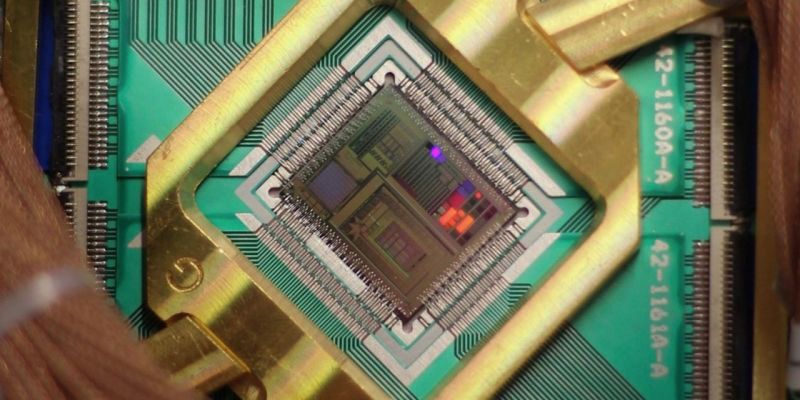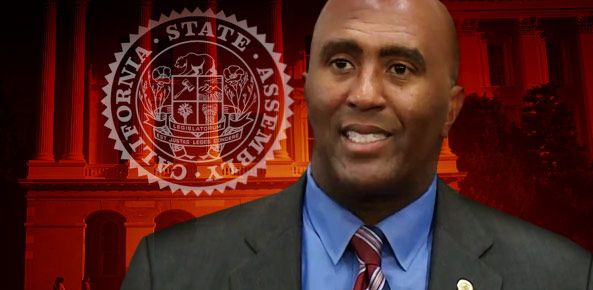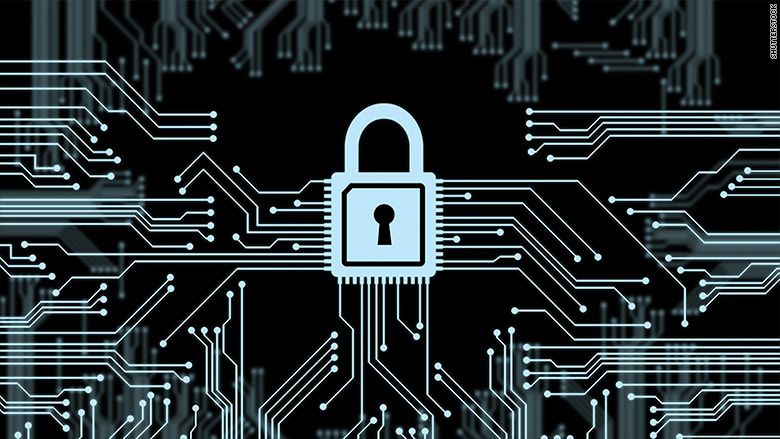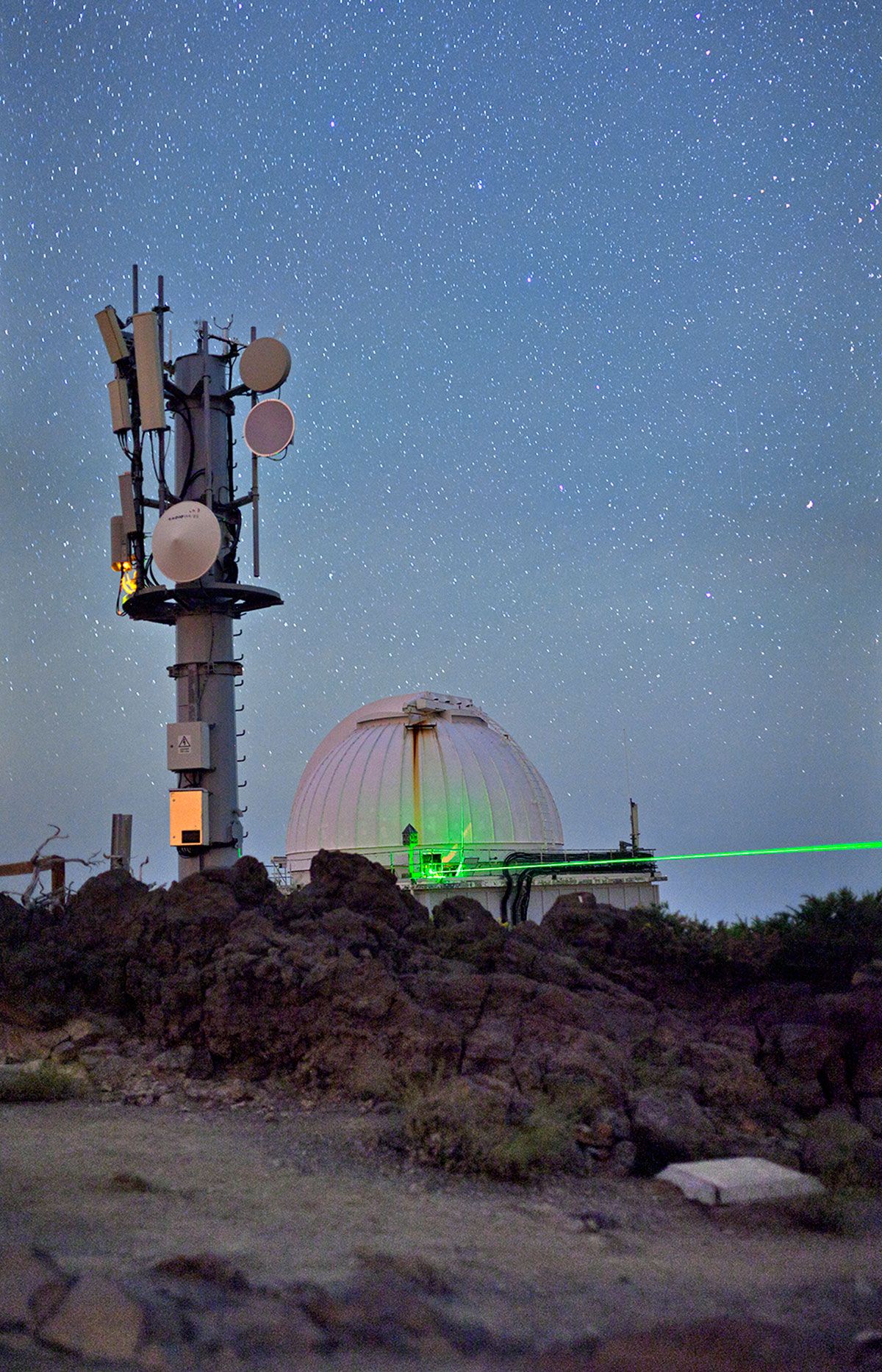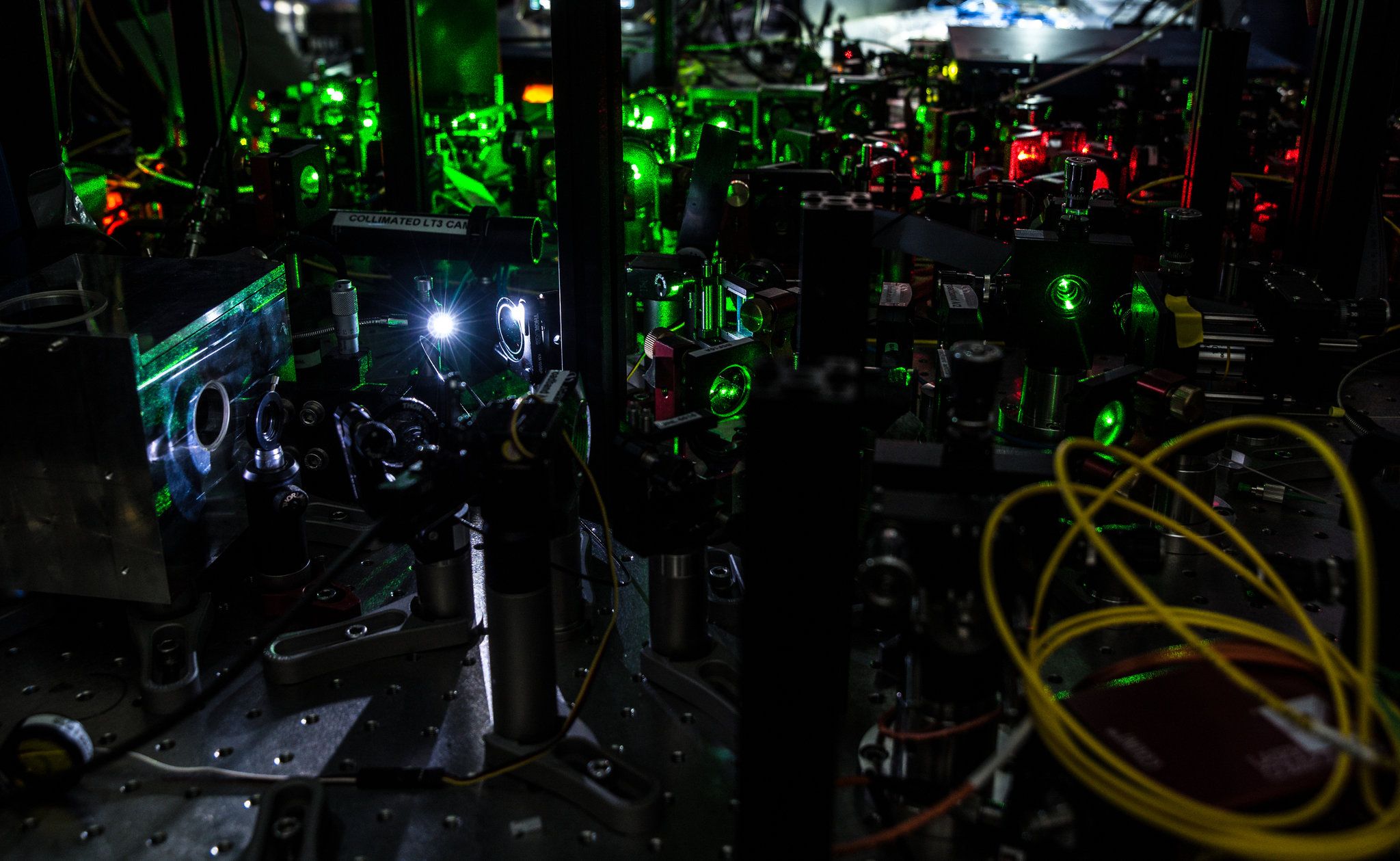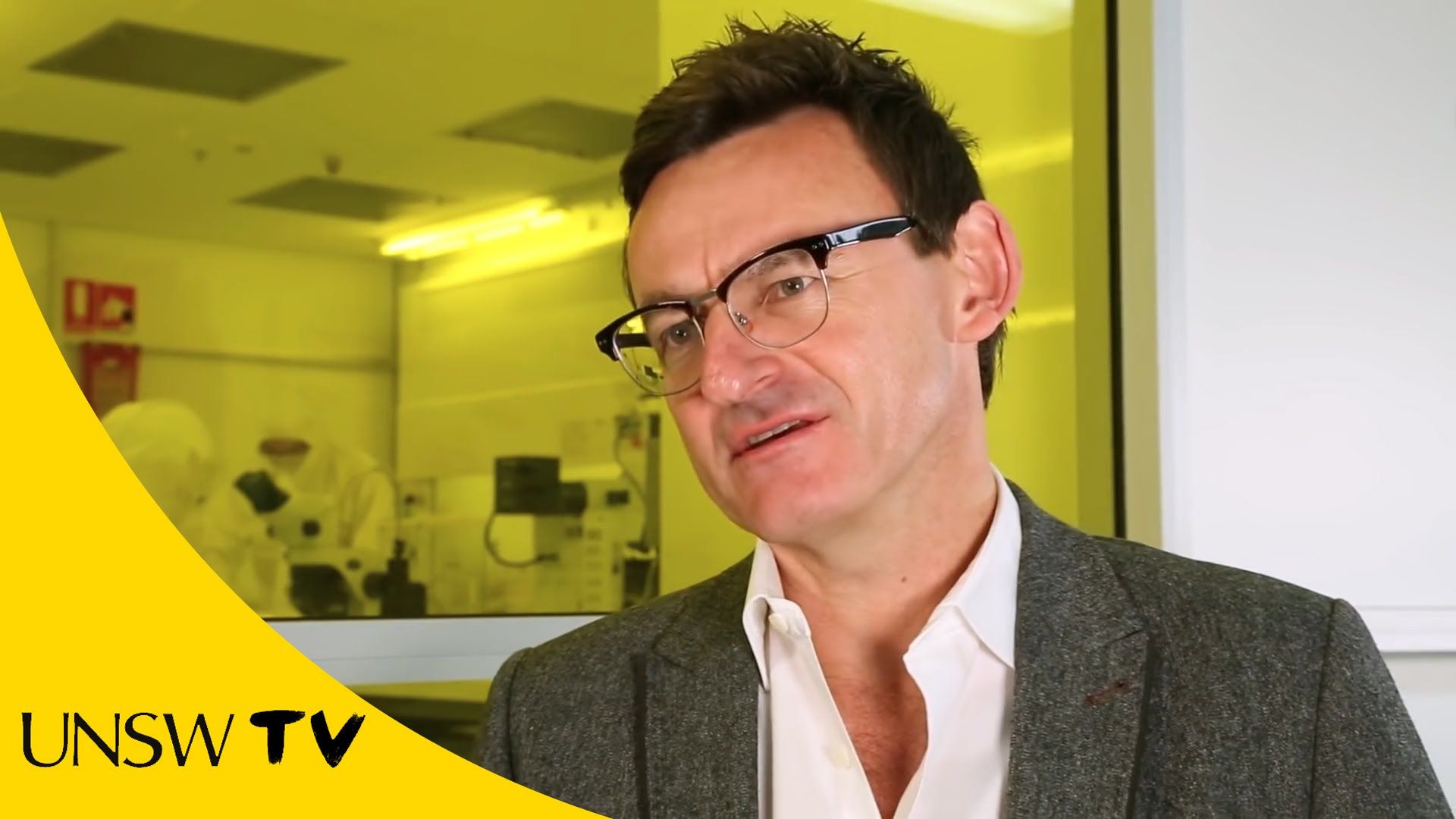Suggests a mechanism to be adopted for any
cryptocurrency that would alter the fee layer to
help fund a new public good.
From ABIS concept
In 2013, following a period of reflection and visioning, I imagined the possibility of completely altering the financial system as we know it. This vision, known as ABIS, will now see its first-ever implementation.
The implementation is now being issued in BCN’s GUI Wallet with the release of v. 1.0.8, where the transaction has been re-envisioned to allow the user new ways to explore the possibilities of transactions and realize greater giving potential, initially through two use cases involving unique forms of donations:
- Random donations — a percent of the sum depending on the available outputs. The user will be able to select the approximate desired amount for donation: from 0.1% to 10%. If there is a change input close enough to the target, it will be used as a donation.
- Donation mining — the user who is mining in pools from the GUI Wallet will be be able to specify donation address and percentage of donation mining shares (0–100%) that will be contributed for any donation.
This wallet is now available for anyone around the world to utilize and can aid those seeking to facilitate voluntary donation processes, and it is possible that more use cases for further microgiving possibilities may be added to the graphical wallet in the future.
Social Dimensions and Notions of the Transaction Have Limited Wallet Design Universally.
Most wallet software is designed with certain assumptions about what transactions are. If most in society have developed an assumption about what a transaction is, the manifestation of what our cryptocurrency wallets become (and the format in which the graphical user interfaces are developed to facilitate transactions) will tend to follow such a trend.
If a transaction (in which one sends, or transfers resources) remains limited notionally only as an exchange of currency for goods, services, or other currency, there is a problem in terms of the capacity which we are allowing ourselves to develop and enjoy from decentralized systems.
Certainly, this problem has not solely been in Bytecoin (BCN) but can be seen in any other cryptocurrency wallets as well, and of course, in all currency systems. Legacy systems — those which utilize fiat currencies and rely heavily upon central banks — simply do not have the flexibility to transmit very small amounts efficiently. Cryptocurrency systems are better poised to handle small amounts, but how they handle them will differ depending on the type of cryptocurrency being utilized.
Up to this point, some technical challenges exist which have kept cryptocurrency and wallet developers from tackling the issue, as mentioned in the BCN developer’s blog post, ‘Future of Slacktivism: How 1,000,000 Likes Can Save Lives’. Thus, cryptocurrency wallets do not yet emulate natural giving systems to the degree that they could.
The problem is that, around the globe, we have not yet re-envisioned the transaction to allow the user new ways to explore a transaction’s full potential and offer the option of greater giving potential. However, we now have the means to do so.
The initiative taken by the Bytecoin community to address this issue has resulted in software that is arguably the first of its kind ~ resistant to financial censorship (utilizing BCN’s installable desktop graphic wallet, which has anonymity preferences for transactions which the user can alter on a sliding scale ranging from greater to lesser anonymity), and now, allowing compassionate options for any user, which allow small donations to be sent and received anywhere in the world without any need for an intermediary.
Because the entire concept is fully voluntary there are really a nearly infinite range of choices, essentially limited only by the technology, fees, and network limitations. The user is contemplating who to provide a micro-donation to and at what level and at what threshold the microdonation(s) will be broadcast, based on their wallet settings.
And I hope that we would in this model of giving become more like the bees that share pollen as they bounce from flower to flower (indeed, the acronym of the concept, ABIS, stands for “Ants, Bees, Information, and Systems”).
An interesting commentary from recent events comes from the transcript of Pope Francis’s remarks to US Congress on Sept. 24, 2015:
‘We have the freedom needed to limit and direct technology’; ‘to devise intelligent ways of… developing and limiting our power’; and to put technology ‘at the service of another type of progress, one which is healthier, more human, more social, more integral’
We have the tools now at our disposal, and these tools are vital to have, but even more vital is having compassion and the desire to extend what we have to others, and to build systems in ways which do not rely upon coercion, violence, and the perils of institutional power.
ABISprotocol
PGP 0x6c70abf8a7486f02
